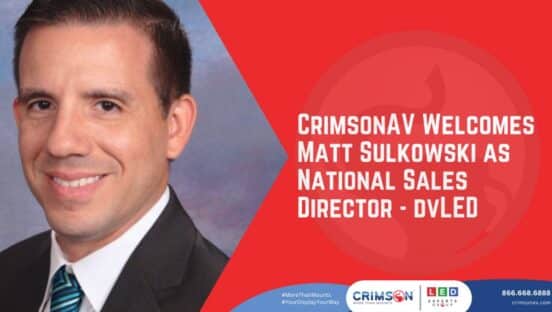While many quick-service brands implement green efforts in today’s age of sustainability, a new study suggests there may be a big difference between what brands are doing with green and what consumers perceive them to be doing.
The study, MapChange 2010, examined 97 top brands—including six foodservice brands—and found that many may be in trouble of coming across as more green than they actually are, while some might not be taking advantage of their green efforts as much as they should.
“Just because you’re going green doesn’t mean you’re doing the right green,” says Marc Stoiber, vice president of green innovation at Maddock Douglas, parent company of Change, the green brand consultancy firm that conducted the study in conjunction with the organizations Angus Reid Public Opinion and Climate Counts.
“You should be doing up the green that the consumer can get involved in, so they give you credit, they understand what you’re doing, they can appreciate it, and they reward you with more business.”
Starbucks, Stoiber says, is one such company that is not recognized as much as it should be by consumers for its green efforts. The study gave it a score of 51 out of 100 in its actual green efforts, while it carried a 48 out of 100 in how green customers perceived it to be.
Climate Counts ranked brands on their actual green efforts, creating a 0–100 scale based on if companies measured their climate footprint, reduced their impact on global warming, supported progressive climate legislation, and publicly disclosed their climate actions.
Angus Reid Public Opinion supplied the “perceived” score for brands, polling more than 2,000 Americans and asking them to rank brands in terms of how the brands address climate change.
Stoiber says there is a danger in brands having a higher score in the “actual” category than “perceived.”
“They will be doing great, they will be efficient in their operations, because they will save money by going green, but they won’t be making money by making consumers love them for going green,” Stoiber says.
“Eventually what’s going to happen is you’re going to run out of steam doing all of this green stuff because you’re not getting any payback on it. You might be getting efficiencies on it, but you should be getting increased sales and consumer loyalty.”
A bigger danger, Stoiber says, is with brands that have much higher “perceived” scores than “actual”—brands like Wendy’s, which has a “perceived” score of 64, and an “actual” score of 2.
“If Wendy’s is in fact perceived as being green, or being good corporate citizens as far as climate change goes—and they’re not—what’s going to happen is … the other companies are going to start to go, ‘Hey, wait a minute, Wendy’s isn’t doing anything, folks,’” Stoiber says.
“Wendy’s is in danger of getting busted.”
Stoiber is unsure of why consumers mostly perceive Wendy’s to be green when it is actually not, chalking up the study results to consumer confusion about what green is.
However, Stoiber believes that Wendy’s has a great opportunity to back up consumer perception by implementing more green initiatives.
In order to score points on both the “actual” and “perceived” side of things—and, in turn, be rewarded in both efficiency and customer loyalty—Stoiber says brands should focus green efforts on small things that are obvious to consumers.
“Consumers, by a margin of three to one … prefer green that they can hold in their hands,” he says. “Something where they go, ‘Aha, I see it.’”
By Sam Oches



